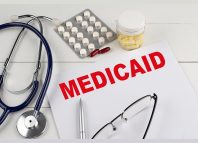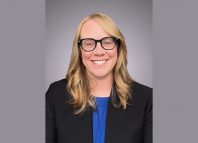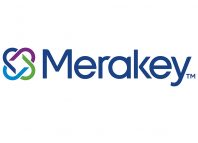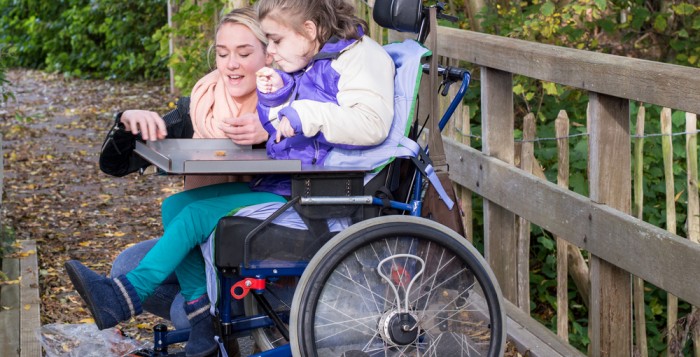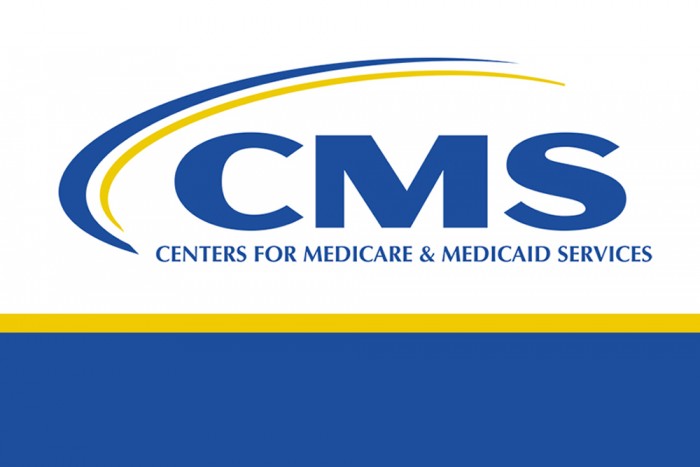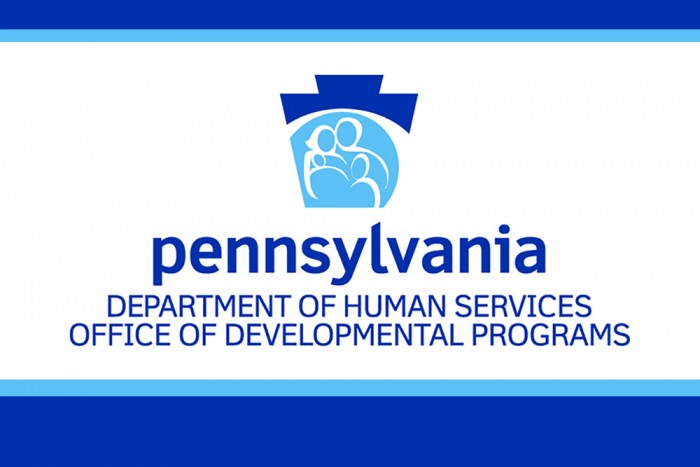OMHSAS and ODP Invitation to Statewide Positive Approaches & Practices Meeting
2021 James E. Anderson PA Conference on Juvenile Justice — Registration Opens Friday, October 1
How Happy Valley FitLink Creates a Wellness Community for Adults With Intellectual Disabilities
Low Wages and Pandemic Gut Staffing Support for Those With Disabilities
CMS Will Pay for COVID-19 Booster Shots, Eligible Consumers Can Receive at No Cost
Message from Centers for Medicare and Medicaid Services (CMS):
Coverage without cost-sharing available for eligible people with Medicare, Medicaid, CHIP, and Most Commercial Health Insurance Coverage.
Following the FDA’s recent action that authorized a booster dose of the Pfizer COVID-19 vaccine for certain high-risk populations and a recommendation from the CDC, CMS will continue to provide coverage for this critical protection from the virus, including booster doses, without cost sharing.
Beneficiaries with Medicare pay nothing for COVID-19 vaccines or their administration, and there is no applicable copayment, coinsurance, or deductible. In addition, thanks to the American Rescue Plan Act of 2021, nearly all Medicaid and CHIP beneficiaries must receive coverage of COVID-19 vaccines and their administration, without cost-sharing. COVID-19 vaccines and their administration, including boosters, will also be covered without cost-sharing for eligible consumers of most issuers of health insurance in the commercial market. People can visit vaccines.gov (English) or vacunas.gov (Spanish) to search for vaccines nearby.
“The Biden-Harris Administration has made the safe and effective COVID-19 vaccines accessible and free to people across the country. CMS is ensuring that cost is not a barrier to access, including for boosters,” said CMS Administrator Chiquita Brooks-LaSure. “CMS will pay Medicare vaccine providers who administer approved COVID-19 boosters, enabling people to access these vaccines at no cost.”
CMS continues to explore ways to ensure maximum access to COVID-19 vaccinations. More information regarding the CDC COVID-19 Vaccination Program Provider Requirements and how the COVID-19 vaccine is provided through that program at no cost to recipients is available on the CDC COVID-19 Vaccination Program Provider Requirements and Support webpage and through the CMS COVID-19 Provider Toolkit.
IDD Member Meeting Materials
ICF/ID Budget Instruction Clarifications
Message from the Office of Developmental Programs (ODP):
To: ICF/ID Administrators, CFOs, Financial Personnel, Consultants
ID-47 Waiver Submission (Budget Change Requests)
It has been brought to our attention that Appendix D (Historic Commonwealth Documentation Required For Budget Change Requests) items #26 and #31 state that 3 bids are required for purchases or repairs over $1,000. ß This is inconsistent with regulation 55 Pa code §6211.84 which states:
- Purchase of services, major renovations, capital equipment, and supplies that exceed $5,000 annually must be made through a competitive bidding process or a request for proposal process.
ODP will NOT be requiring competitive bids for items with less than $5,000 annual cost.
Please keep in mind that Appendix D has not been updated or reviewed by ODP since 2006. If you have specific questions regarding documentation required to support your Budget Change Requests, please contact Steve Evitts.
ID-46 Cost Report Electronic Submission
- ODP email accounts cannot receive zip files
- Please send unzipped cost report and support files to:
- To: RA-PWODPICFID@pa.gov
- Cc: c-bbachman@pa.gov
- Please do not copy Steve or my individual email accounts.
Thank you,
Pam
Pamela S. Gilbert | Fiscal Manager
PA Department of Human Services | Office of Developmental Programs
Bureau of Financial Management and Program Support
USPS & InterOffice: P.O. Box 2675 | Forum Place, 8th Fl., ODP Suite | Harrisburg, PA 17105
FedEx/UPS: 555 Walnut St. | 8th Fl., ODP Suite | Harrisburg, PA 17101
Phone: 717.787.7123 (currently voicemail only)
Changes to Coverage of Home Accessibility Adaptations
ODP Announcement 21-064 describes how the change to the Medical Assistance state plan impacts the coverage of Home Accessibility Adaptations through the Community Living, Consolidated, Person/Family Directed Support (P/FDS), Adult Autism Waivers, and base funding.
The Medical Assistance state plan has been updated to cover home accessibility durable medical equipment used by individuals with a mobility impairment to enter and exit their home or to support activities of daily living. Everyone enrolled in a Waiver must be eligible for items and services covered through the Medical Assistance state plan (either through Fee-For-Service or a physical health managed care organization). For this reason, items and services covered by the Medical Assistance state plan cannot be covered by Waivers (42 CFR §433 Subpart D.).
Please read the announcement for the details of how this change will impact individuals receiving waiver services in ODP. Please direct any questions about this announcement to your respective regional Office of Developmental Programs.
Certified Investigator Friday Forums
ODP Announcement 21-065 announces that Temple University Harrisburg Certified Investigator Program and the Office of Developmental Programs (ODP) will be facilitating Forums for Certified Investigators (CIs) and others involved in the incident investigation process. These forums are an opportunity for current Certified Investigators and other interested parties to receive up-to-date information about the incident investigation process.
The session dates and topics are:
- 2021 CI Manual Updates on October 8, 2021;
- 2021 Administrative Review Manual Updates on November 12, 2021; and
- 2021 Peer Review Manual Updates on December 10, 2021.
There will be one session available on each date from 10:00 am–11:30 am. Registration will be open until the close of business on the Wednesday before each scheduled Friday Forum date.
Participants can submit questions prior to the session until close of business (COB) the Friday before the scheduled Forum to Amanda Black, who can also be reached for any questions regarding registration for the CI Fall 2021 Friday Forums.




